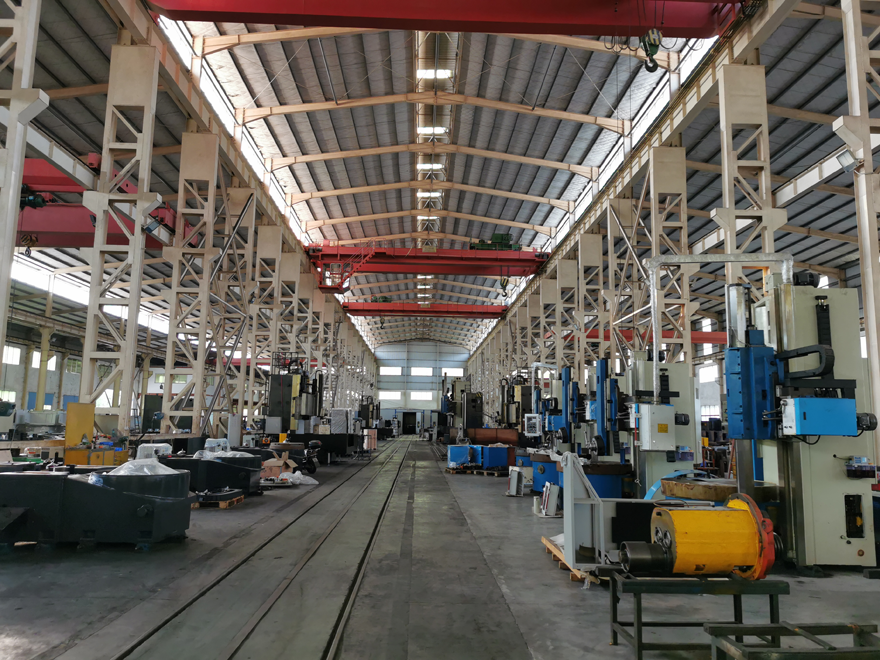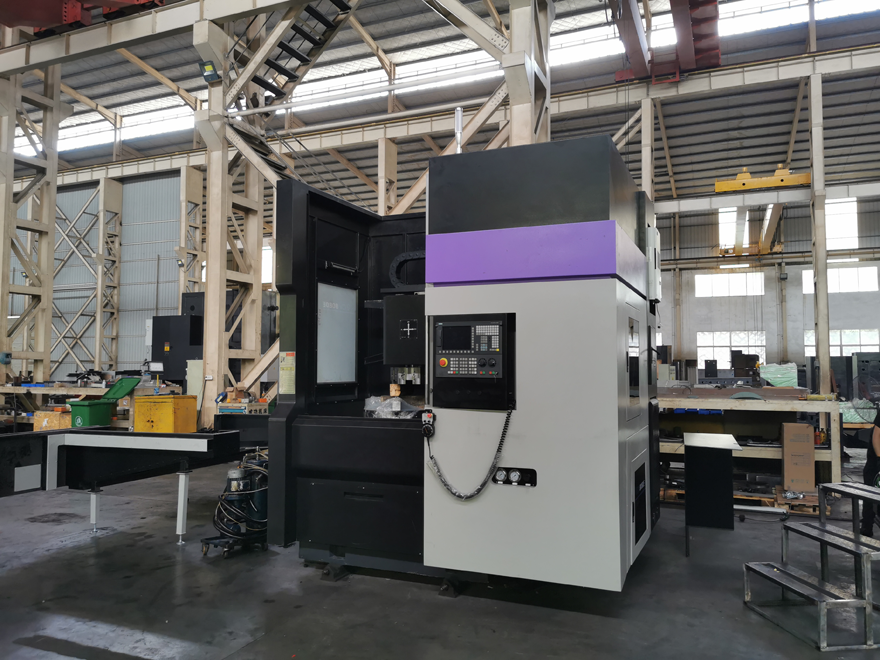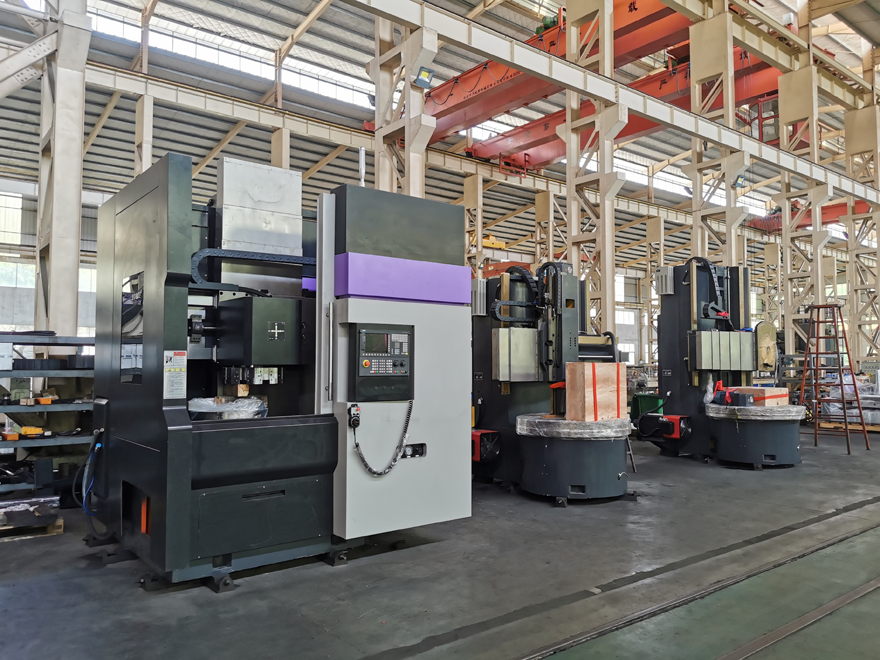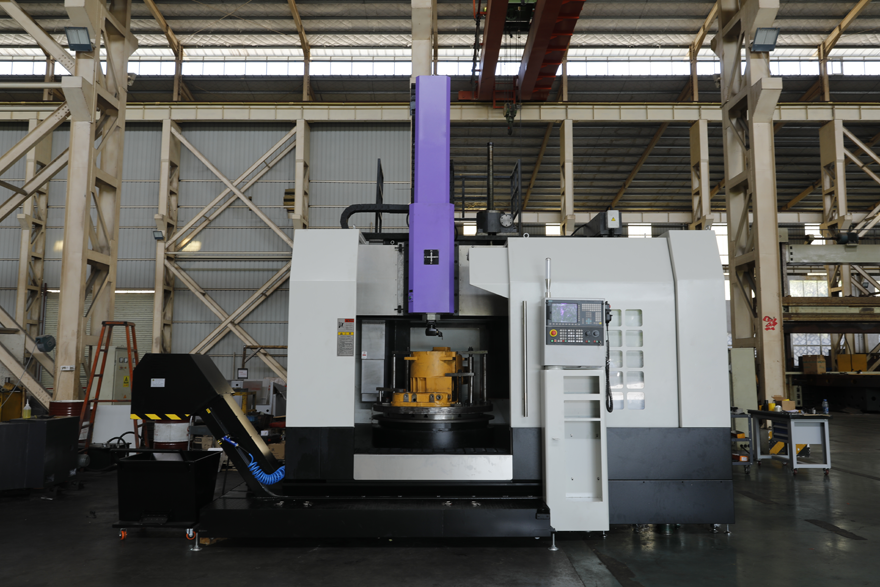Small vertical CNC lathes are widely used in the defense industry, electronic products, mechanical parts, aerospace and other fields, mainly to process the appearance of various parts, especially small-size workpieces suitable for mass processing.
If you want your parts to have processing efficiency, you must first be fully familiar with and understand both the product and the vertical lathe. Carry out a real analysis of the parts to be processed, clarify whether the material has been heat treated, what is the machining allowance, the structure and accuracy of the workpiece, and the geometric tolerances.
Then choose the right tool, which is the most basic factor for ensuring the efficiency of vertical turning. When choosing a tool, you need to consider the processing capacity of the lathe, the content of the process, and the material of the workpiece. You also need to understand the hardness, wear resistance, toughness, and high heat resistance of the tool. The choice of tool size is also critical, and it also requires easy installation and adjustment.
Minimizing the clamping points is also an effective method to submit processing efficiency and accuracy. Therefore, it is necessary to analyze the workpiece before formal processing and find as many reference points of the same program as possible. After clamping, all the surfaces that need to be processed are completed at one time to avoid manual filling through the adjustment scheme again, which not only affects efficiency, but also reduces accuracy. If rough machining is performed, a larger cutting depth and feed rate can be selected to reduce machining costs. When the tool is in idle motion, a higher feed rate should be set.
It is also very important to choose a suitable brand for vertical lathes. There are different options for roughing and finishing, so as to balance efficiency and economy.
Post time: Oct-27-2021










